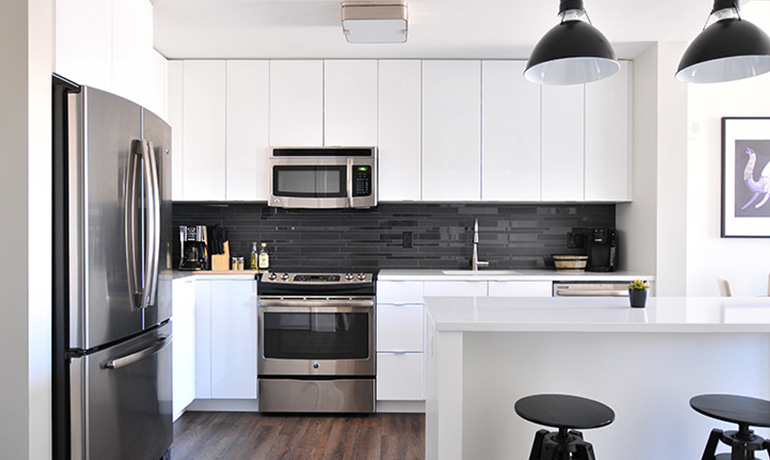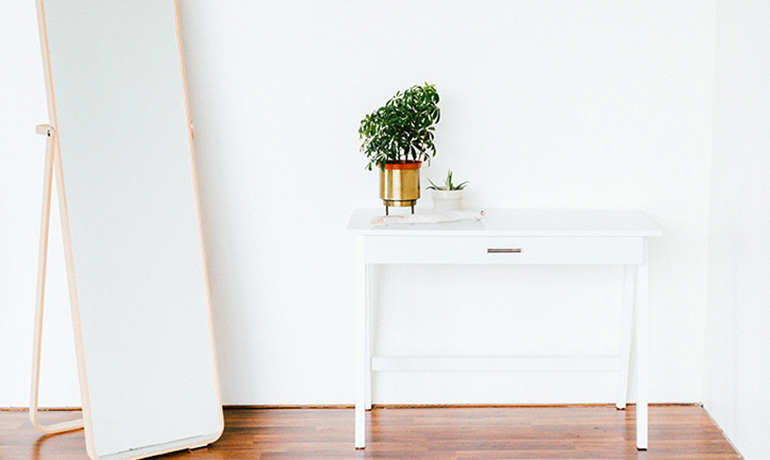Various methods to capture your MacBook screen
Knowing how to capture your MacBook screen is a valuable skill that can be useful for different purposes, such as creating tutorials, sharing information, or troubleshooting. Luckily, there are multiple ways to capture your screen on a MacBook. Here are three methods you can use:
-
Using keyboard shortcuts: The quickest and easiest way to capture your MacBook screen is by using keyboard shortcuts. Pressing the “Command + Shift + 3” keys simultaneously captures your screen as a full-screen image. The screenshot is saved on your desktop by default. To capture a specific portion of your screen, use the “Command + Shift + 4” shortcut instead. This turns your cursor into a crosshair, allowing you to select the desired area to capture.
-
Using the Grab application: Another method to capture your MacBook screen is by using the built-in Grab application. To access Grab, go to “Applications” > “Utilities” > “Grab.” Once opened, you can choose to capture the entire screen, a specific window, or a selected portion. After capturing the screen, you can save the image in formats like PNG, JPEG, or TIFF. Grab also offers additional features like timed captures and cursor inclusion, which can be useful for specific purposes.
-
Using third-party screen capture tools: If you need more advanced features or additional flexibility, you can opt for third-party screen capture tools. There are numerous options available, such as Snagit, Skitch, or Lightshot, which offer a wide range of features like annotation, editing, and sharing capabilities. These tools often provide more control over the capture process and allow you to customize settings according to your preferences.
Tip: To ensure the best results when capturing your MacBook screen, make sure to close any unnecessary applications or windows that may clutter the screen. Additionally, consider adjusting the screen brightness and resolution to optimize the captured image quality.
Becoming proficient in the screen capture shortcut on your MacBook
The screen capture shortcut on your MacBook is a powerful tool that can save you time and effort. By becoming proficient in this shortcut, you can quickly capture and save screenshots without the need for additional applications. Here’s how you can make the most of this feature:
-
Customizing the screenshot save location: By default, your MacBook saves screenshots on the desktop. However, you can change this location to a more convenient folder. To do this, open Terminal and enter the command
defaults write com.apple.screencapture locationfollowed by the desired folder path. Afterward, restart the SystemUIServer by entering killall SystemUIServer in Terminal. Your screenshots will now be saved in the specified folder. -
Utilizing additional keyboard shortcuts: Apart from the basic screen capture shortcuts, there are a few additional keyboard shortcuts that can enhance your screenshot capabilities. Pressing “Command + Shift + 5” opens the screenshot toolbar, allowing you to choose between capturing the entire screen, a selected window, or a specific portion. This toolbar also provides options for recording the screen or capturing specific menus.
-
Taking screenshots with touch bar: If you own a MacBook with a touch bar, you can use it to capture screenshots. Pressing the “Shift + Command + 6” keys simultaneously captures the entire touch bar and saves it as an image. This can be particularly useful when you want to share or document the contents of your touch bar.
Tip: To capture screenshots of specific menus, hold down the “Command” key while using the screen capture shortcuts. This changes the cursor to a camera icon, allowing you to select the desired menu to capture.
Becoming proficient in the screen capture shortcut on your MacBook can greatly enhance your productivity and simplify various tasks. Whether you prefer the basic keyboard shortcuts, the built-in Grab application, or third-party tools, capturing your MacBook screen has never been easier. Experiment with different methods and find the one that suits your needs best.
If you are new to macOS, you’ve probably already heard about the various shortcuts and options for taking screenshots on a MacBook. This article will help you master the different types of screen capture shortcuts and teach you how to use them like a pro.
The Basics
If you are already familiar with the basics of taking screenshots, here are some shortcut options available on a MacBook:
Command+Shift+3: This command captures the entire screen of your Mac, and the image will be saved as a PNG file on your desktop.
Command+Shift+4: This command lets you select a particular portion of your screen to capture, and the image will also be saved as a PNG file on your desktop.
Command+Control+Shift+3: This command captures the entire screen of your Mac and copies it to your clipboard, so that you can paste it in another location.
Command+Control+Shift+4: This command lets you select the portion of your screen that you want to capture, and copies it to your clipboard so you can paste it elsewhere.
Taking Screenshots of a Specific Window
If you’d like to capture a screenshot of a specific window on your MacBook, there is a different command.
Command+Shift+4+Space Bar: This command will turn your cursor into a camera icon. When you hover over the window, the window will be highlighted. Then, simply click on it, and the image will be copied to your clipboard.
You can also add additional modifiers to the shortcut:
– Option key – captures a screenshot of the window without the drop-down shadows
– Shift key – captures a screenshot of the entire desktop rather than a single window
How to Change the Default Screenshot Format
If your default screenshot capture format is not PNG, there is an easy way to change it.
Go to the Apple Menu, followed by System Preferences and then choose Keyboard. Select Shortcuts, then the Screen Shots tab. Click on the drop-down menu to change the format, save it, and you’re all set!
Conclusion
Taking screenshots on a MacBook comes naturally to those who have been using it for years, but for newbies, mastering the different shortcuts can seem overwhelming. With this guide, you should now have all the necessary information to make sure you’re taking the right screenshots with the correct shortcut.


